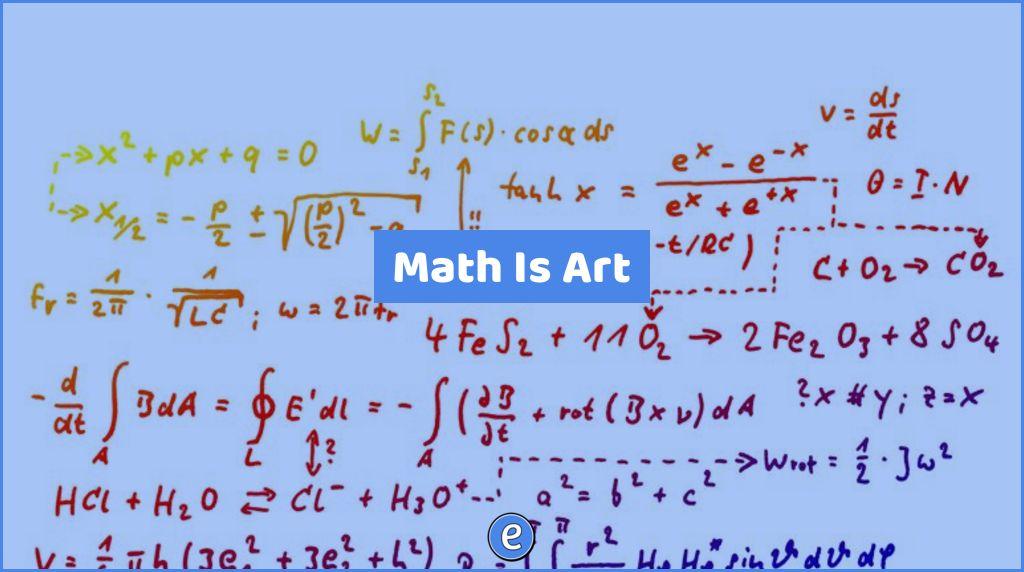Enhancing student learning through the IKEA effect
Making learning easy may not get the results you desire.
In the period of 1920–40 American food manufacturers wanted to reduce the time and effort required to make a cake. They simplified so much the process that the cooks needed to add only water and bake the cake.
Unfortunately, the sales of the cake mix quickly stalled.
The manufacturers reached a psychologist named Ernest Dichter. He found out that the reason was the level of effort required. Making the cakes was too easy! It was so easy that people didn’t get satisfaction from baking the cake.
People were feeling the same way as buying a pre-made cakes from the store. The solution was to get out the egg of the dry mixture and allow people to add it themselves. Doing that made the sales go up again.
IKEA uses this knowledge to increase the perceived value of their products. By having the customer assemble the product, the customer will have a higher satisfaction level then if they had just purchased a pre-assembled product.
What can we do in our classrooms to use this knowledge to our advantage?





